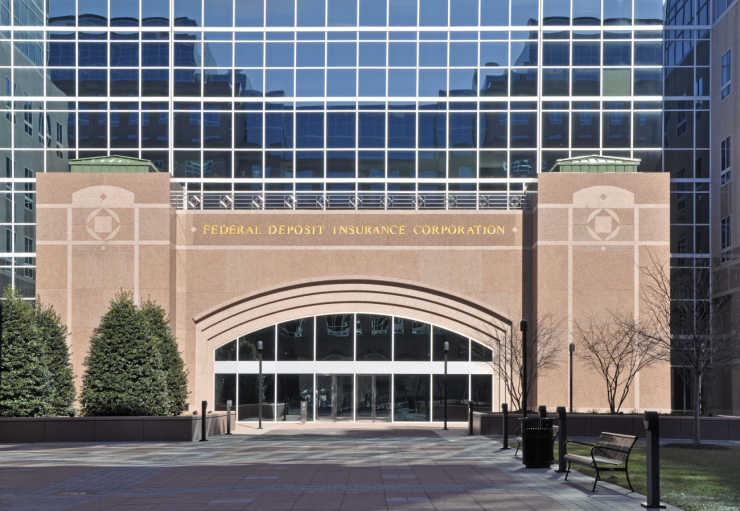
By Christina Richards @ Shutterstock.com
In The Wall Street Journal, Charles W. Calomiris makes the case that deposit insurance encourages risky behavior and makes the banking industry less safe. He writes:
Silicon Valley Bank’s failure makes many Americans grateful for deposit insurance, which protects accounts holding $250,000 or less. But the SVB episode also illustrates the dangers of deposit insurance. A banking system dominated by government insurance, plus too-big-to-fail protection that effectively insures all deposits at the largest banks, lacks essential market discipline, is systemically unsafe, is more likely to see episodes like SVB’s failure, and is more costly to taxpayers and bank customers.
Historically, unprotected well-informed depositors, especially other banks, gauged and responded to each bank’s risk, creating an incentive for banks to manage risk responsibly. Uninformed depositors—like those now at risk at SVB—were free riders on informed discipline. Now, informed depositors can easily get around the $250,000 limit on insurance, which eliminates their incentive to monitor banks. The recent disappearance of the interbank loan market means that banks don’t monitor each other to gauge creditworthiness as short-term borrowers of reserves either. That leaves only bank regulators to mind the store, and they often lack incentives and knowledge to measure and punish risk on a speedy basis. That’s how predictable messes like SVB happen.
How do informed investors skirt the limit and get all their deposits insured? In two ways. First, they deposit millions at a bank participating in the Certificate of Deposit Account Registry Service, or Cdars, which swaps deposits among many banks so that a depositor can have millions covered with all transactions handled through a single lead bank. Second, they deposit funds at a too-big-to-fail bank, where all deposits are effectively riskless. Title II of the Dodd-Frank Act of 2010 lays out how the Treasury bailout would occur and be funded.
A century ago, bank regulators saw their job mainly as examining banks and forcing them to publish accounts in the local newspaper so that informed lenders and depositors could act on accurate information. Runs on deposits occurred under the old system, but the record of fragility has been exaggerated and misunderstood, and the U.S. historical experience was an extreme case. Most countries had occasional bank failures but rarely suffered a systemic crisis. Canada never did. The U.S. was prone to systemic crises because of idiosyncratic factors of regulation. Branching restrictions, which weren’t eliminated until 1997, created a system of thousands of small, isolated and undiversified banks and a pyramidal liquidity management system that sometimes collapsed under stress.
Deposit insurance was absent from nearly all other countries’ banking systems before 1980, and from the U.S. (with some temporary exceptions) until 1933. It was adopted for political reasons, and it hasn’t been a stabilizing influence. Virtually every academic study of deposit insurance shows that it promotes, rather than reduces, banking system fragility, with major costs borne by the insurers—which means ultimately by insured depositors and potentially taxpayers. The popularity of deposit insurance reflects public ignorance about its costs and about how a disciplined, uninsured banking system could operate as an alternative.
Read more here.
